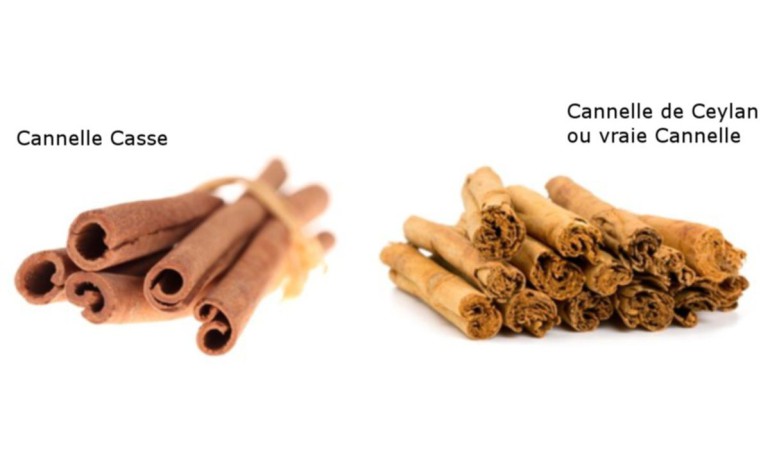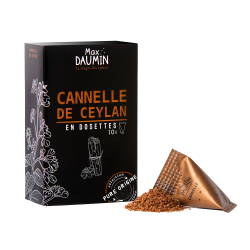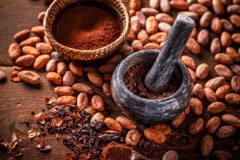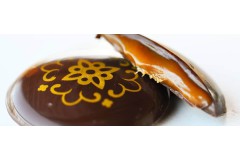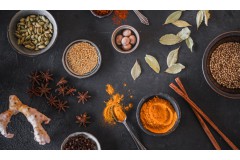There are two main varieties of canellands used in the world: Cinnamon Casse and Cinnamon de Ceylon (or true cinnamon).
The first is from Sri Lanka while the second in China. The cinnamon of Ceylon (Cinnamomum Zeylanicum or Verum) and the Cinnamon Casse (Cinnamomum Cassia) are botanically different although both belong to the same family of the Lauraceae. Both come from a tree: the Chinese cannelier for one and the Ceylon cannelier for the other.
Chinese Casse or Cinnamon Cinnamon:
Cinnamon breaks represents the majority of the cinnamon produced (almost 90% of world production) and is therefore the variety of cinnamon that will be found in the trade. It has powerful perfumes that you have to know how to dose. It is preferable for diffusion when cooked in cakes.
Ceylon cinnamon or real cinnamon:
The cinnamon of Ceylon takes its name from its original cradle, Sri Lanka (formerly Ile de Ceylon). Ceylon cinnamon has a more subtle taste than cinnamon breaks and slightly sweet. It has floral notes almost roses and citrus tips. It is perfect for a diffusion of flavors (milk, cream, panna cotta, etc.) and is perfectly accommodated in pastry. It is much fine and soft in flavors than cinnamon breaks.
We have chosen to offer you the cinnamon of Ceylon which seems to us more elegant and refined. You can discover it in full here
How to recognize them?
Ceylon cinnamon pipes are easy to distinguish from cinnamon cinnamon rollers: Ceylon cinnamon pipes consist of several fine layers of bark wrapped together and have a spongy appearance A bit like a cigarette. It is easily crumbly by a simple pressure of the fingers. The color of Ceylon cinnamon is rather Belgian brown, its powder too. Its fragrance is fine and complex, dotted with citrus and floral points. Its sweet flavor.
Conversely, the cinnamon rollers are made up of a single layer of very thick and very hard bark. You have to exert a certain strength to break a piece of cinnamon breaking. The color is darker, its powder pulls slightly towards the dark brown orange. Its fragrance is pronounced, powerful slightly spicy.
Finally, the cinnamon bark of Ceylon does not contain coumarine (aromatic compound) but on the other hand the bark of cinnamon breaks is rich. It is said that coumarin at very high dose is potentially dangerous.
The majority of the canneals found are cinnamon breakage. It is rarer to find Ceylon cinnamon because it is more expensive.
Visual difference of two canellands:

Good day,
max Daumin
Epices Max Daumin
or 2017-2018 silver 2020-2021 bronze 2019 | National grocery trophy
Artisan producer of the Culinary College of France 2021
